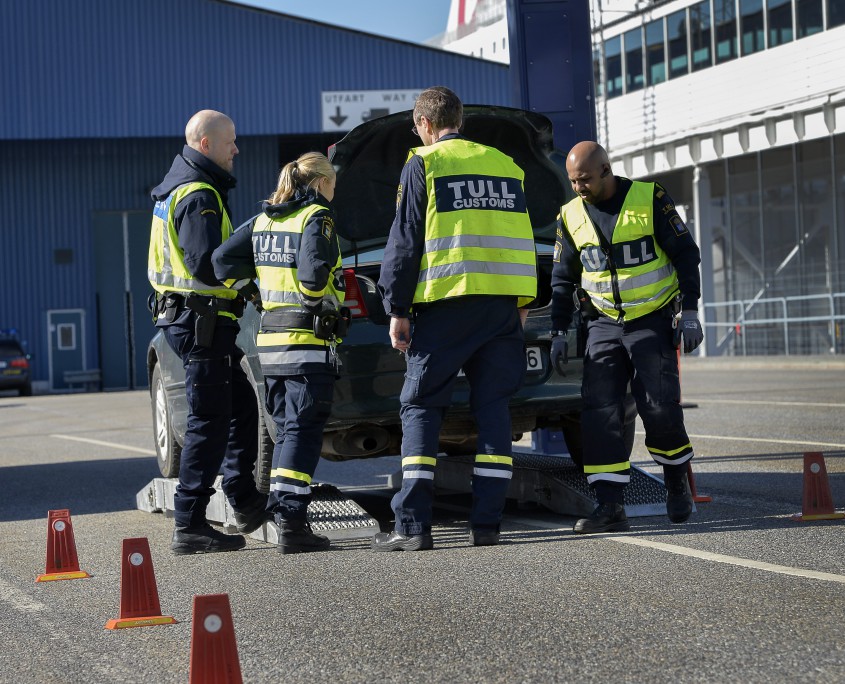On-the-spot chemical identification relieves the laboratories and increases the workflow
Patrik Hagalid, Swedish Customs – nationally responsible for purchase of technology and methodology – talks about the activities
The workflow burdens the lab
“If you want to test an unknown substance you have to send it to the lab for analysis. And it might take a week to get a result. To be able to prosecute someone the prosecutor needs a forensic medical report from an accredited lab. Some states in the US allow test results from the kind of analysis equipment that Serstech markets. The present situation easily causes halts in the customs’ workflow if the lab can’t provide us with answers in time.”
Improved tools increases workflow
“Today, the labs are – amongst other things – burdened by the many spot-check tests that we perform. If there is the slightest suspicion of drugs we have to send the sample to the lab for a conclusive answer.
If we, by using an indicator, could verify the contents on-the-spot we would be able to decrease the number of analyses leading nowhere and thereby take some load off the lab. And we would be able to take the correct action directly.”
“Over a ten-year period the need to make checks on the flow of goods has increased. At the same time the acceptance of a two or three days delay for laboratory analysis has become much smaller. The industry operates according to the just-in-time principle and customs shouldn’t be an obstruction in the flow. We need efficient instruments to find anomalies, increase the flow and secure the quality. The Serstech Indicator is an example of a specific instrument increasing the flow and securing quality.”
The development of methodology and technology is a priority
”Swedish Customs has reduced the number of permanent checkpoints and operate more with mobile units today. Our opportunity is to invest in the development of technologies and methods. We can’t do very much about the time it takes to check a suitcase, what we can speed up is the time required for the chemical identifications. We must reduce the number of “unnecessary” spot-check tests burdening the labs. We can avoid these if the customs officers can perform secure identifications on-the-spot, identifications that are better than the ones we do with reagents today.”
I N B R I E F
Today, when Swedish Customs wants to identify a substance on-the-spot they use rapid tests with dipsticks and different reagents. The tests are very time consuming and the reagents commercially available limit the capabilities. If you think you have found amphetamine you have to use a reagent that can verify that your assumption is correct. The ability to seizure illegal chemicals depends largely on the possibilities to do chemical analyses of known and unknown substances. When it comes to drugs the trend is clear – you can see an increased capacity to produce new drugs, which affects the work of the Swedish Customs.



